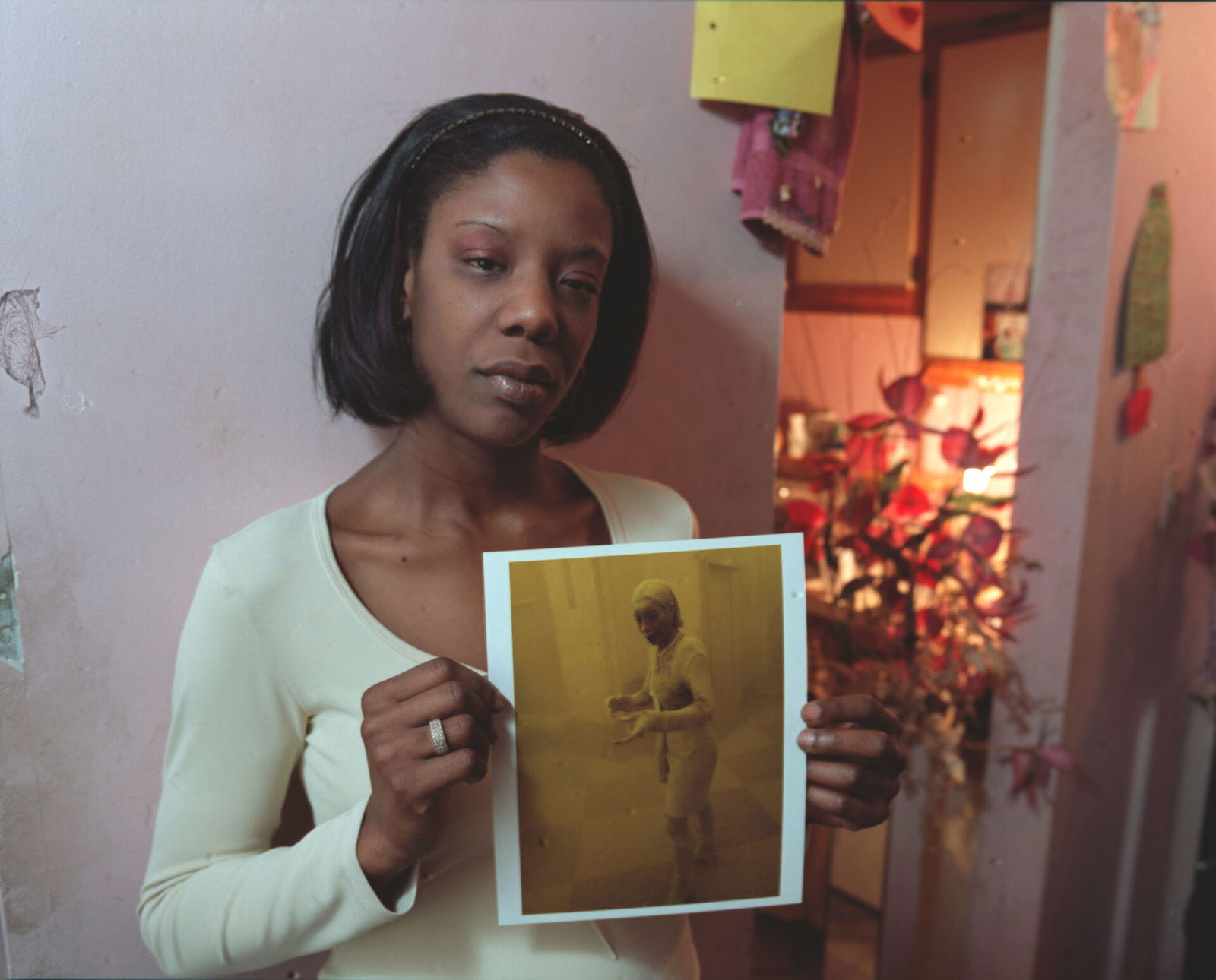
September 11, 2023
Mary Borders Is More Than The ‘Dust Lady’ From 9/11, She’s An Unsung Hero
For years after the 9/11 terrorist attack, Marcy Borders was known as the “Dust Lady,” the Black legal assistant whose debris-filled photo gained worldwide attention.
Borders died in August 2015 at age 42, exactly one year after she was diagnosed with stomach cancer. She was sure her cancer diagnosis was a result of the toxic dust she was exposed to when the World Trade Center collapsed.
“I’m saying to myself, ‘Did this thing ignite cancer cells in me?’” she told the Jersey Journal.
“I definitely believe it because I haven’t had any illnesses. I don’t have high blood pressure … high cholesterol, diabetes. How do you go from being healthy to waking up the next day with cancer?”
The then 28-year-old Paterson, NJ, native was working for Bank of America at its branch located inside the World Trade Center North Tower and survived the deadly collapse caused by terrorist attacks on September 11, 2001.
Once outside, photographer Stan Honda captured Borders’ debris-covered body that became an “iconic” image representing the horror of the day.
Marcy Borders on this date September 11 in 2001. Marcy died of stomach cancer in 2015 that she alleged was caused by the toxic dust she was exposed to when the World Trade Center collapsed. Photo by Stan Honda. #OTD #Remember911 #September11 pic.twitter.com/nC2GhMsXu7
— Jeffrey Guterman (@JeffreyGuterman) September 11, 2023
Soon, Borders became known as “The Dust Lady,” a name that stuck with her even after her death.
“She didn’t let the Dust Lady thing define her,” her brother, Michael Borders, told The Guardian in 2015.
“She was still Marcy to everybody else–she just happened to have been involved in something tragic.”
But the cancer was just the tip of the iceberg of the aftermath 9/11 had on Borders. She spoke openly about the deep depression and addiction she battled for 10 years after the terror attacks.
“It was like my soul was knocked down with those towers,” Borders told the New york Post in 2011.
“My life spiraled out of control. I didn’t do a day’s work in nearly 10 years, and by 2011 I was a complete mess. Every time I saw an aircraft, I panicked. If I saw a man on a building, I was convinced he was going to shoot me.”
After losing custody of her two children and checking herself into rehab for a crack addiction, Borders’ despair was at the breaking point. She needed to make a change. While in rehab, Borders learned that Osama Bin Laden had been killed, which gave her some “peace of mind,” she said.
When asked if she ever looked back at the iconic photo, she explained why she tried not to.
“I try to take myself from being a victim to a survivor now. I don’t want to be a victim anymore,” Borders said.
While 9/11 is credited with killing around 3,000, many believe victims like Borders represent the death toll that continues to grow decades later.
“As we mark 20 years since that fateful day in 2001, we must remember that 9/11 isn’t just in the past,” Democratic Congresswoman Carolyn Maloney told The Independent in 2021.
“It is something that these responders, survivors, and their families are living with each and every day as they deal with their cancers, respiratory conditions, and the numerous other physical and mental health conditions caused by 9/11.”
RELATED CONTENT: Events Honoring 9/11 Victims And Heroes Are Taking Place Across The Country